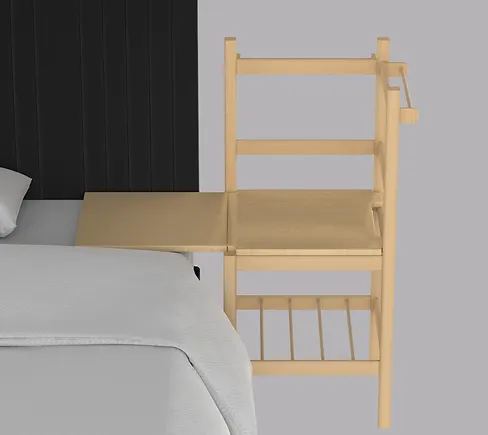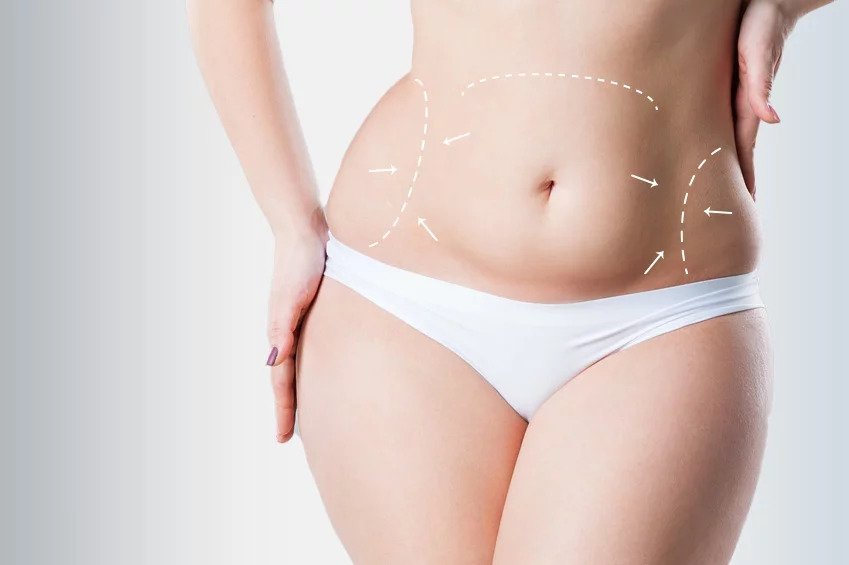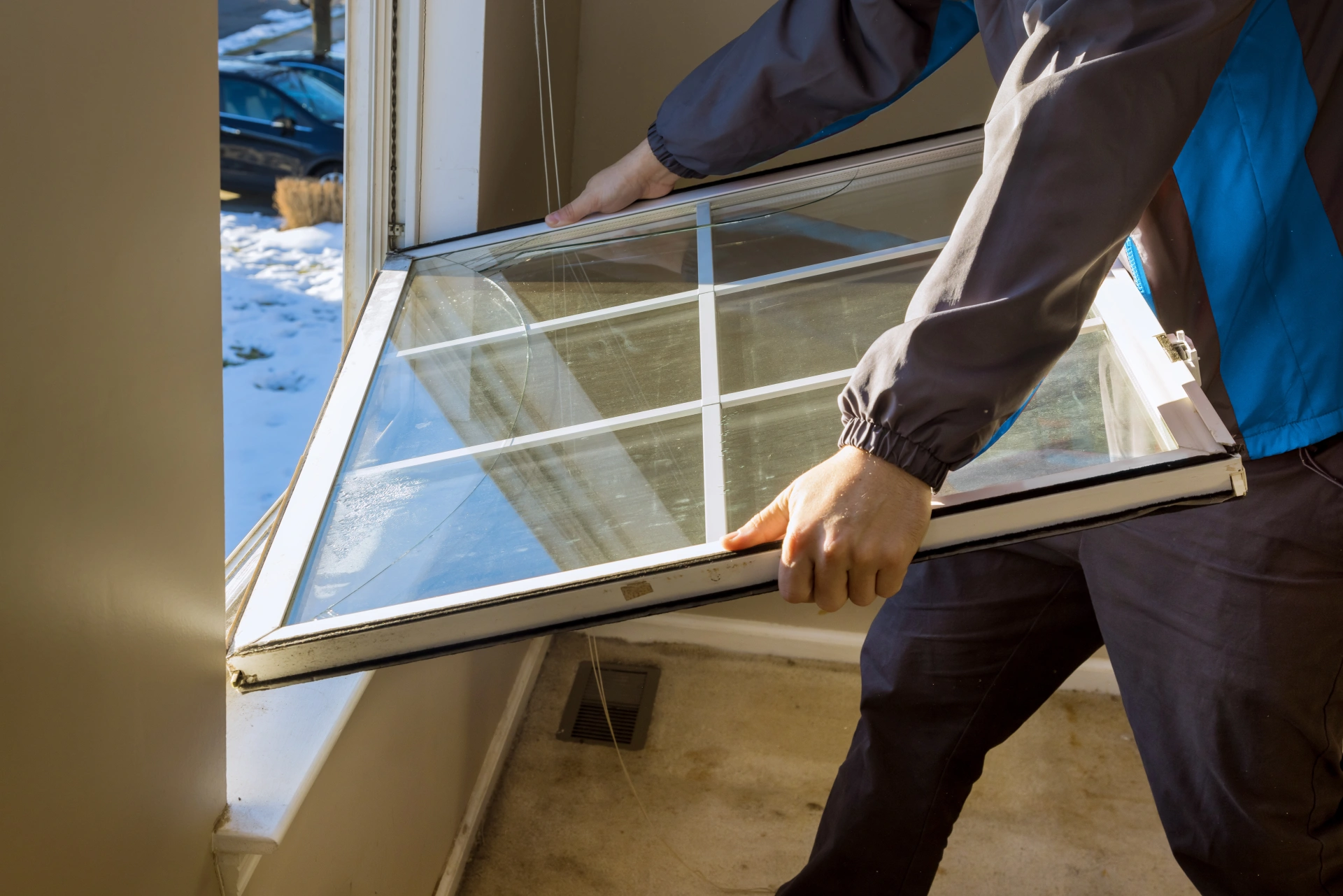The United States offers a wide range of bed mobility aid chairs to cater to various needs and preferences. These chairs are designed to assist individuals with limited mobility in transferring from a bed to a wheelchair or other seated positions. Here’s a detailed overview of the bed mobility aid chairs available in the USA:
Types of Bed Mobility Aid Chair:
- Manual Bed Mobility Chairs:
- Bedside Commodes: These chairs have a built-in commode for toileting purposes and are often used in conjunction with bed pans.
- Transfer Benches: These benches provide a stable platform for transferring from a bed to a wheelchair or other seated position. They typically have armrests and a backrest for support.
- Transfer Boards: These boards are placed on top of a bed or wheelchair to create a smooth surface for transferring. They are often used in conjunction with a slider board or transfer sheet.
- Electric Bed Mobility Chairs:
- Electric Bedside Commodes: These chairs are similar to manual bedside commodes but are powered by a battery, allowing for easier mobility.
- Electric Transfer Chairs: These chairs can be raised and lowered to match the height of a bed or wheelchair, making transfers easier for individuals with limited strength.
- Specialty Bed Mobility Chairs:
- Bariatric Bed Mobility Chairs: These chairs are designed to accommodate individuals who are overweight or obese.
- Geriatric Bed Mobility Chairs: These chairs are designed to meet the specific needs of older adults, including features such as adjustable armrests and backrests.
- Wheelchair-to-Bed Transfer Devices: These devices are specifically designed to facilitate transfers between a wheelchair and a bed. They may include features such as a sliding board or a transfer lift.
Key Features of Bed Mobility Aid Chairs:
- Adjustable Height: Many chairs have adjustable height settings to match the height of the bed or wheelchair.
- Armrests: Armrests provide support and stability during transfers.
- Backrest: A backrest provides support and comfort during transfers.
- Wheels: Wheels allow for easy mobility within the home.
- Seat Pan: The seat pan should be comfortable and supportive.
- Footrests: Footrests provide support and prevent the feet from dragging on the floor.
Choosing the Right Bed Mobility Aid Chair:
When selecting a bed mobility aid chair, it’s important to consider the following factors:
- Individual Needs: The chair should meet the specific needs of the individual, including their level of mobility, weight, and height.
- Home Environment: The chair should be suitable for the home environment, including the size of the bedroom and bathroom.
- Budget: Bed mobility aid chairs can vary in price, so it’s important to set a budget before shopping.
Where to Purchase Bed Mobility Aid Chairs:
Bed mobility aid chairs can be purchased from a variety of sources, including:
- Medical Supply Stores: Medical supply stores offer a wide range of bed mobility aid chairs and other assistive devices.
- Online Retailers: Online retailers offer convenience and often competitive prices.
- Home Health Care Agencies: Home health care agencies can provide rental or purchase options for bed mobility aid chairs.
Conclusion:
Bed mobility aid chairs are essential tools for individuals with limited mobility, providing support and assistance during transfers. By carefully considering individual needs, home environment, and budget, it’s possible to select the right bed mobility aid chair to improve quality of life.
Additional Considerations for Bed Mobility Aid Chairs in the USA
Accessibility and Safety:
- Ramps and Doorways: Ensure that your home is accessible for the chair. Consider installing ramps or widening doorways if necessary.
- Safety Features: Look for chairs with safety features such as locking mechanisms, seat belts, and non-slip footrests to prevent accidents.
Customization and Accessories:
- Custom Cushions: If you have pressure sores or other skin conditions, consider using custom cushions for added comfort and support.
- Accessories: Some chairs may come with accessories such as armrests, footrests, or headrests that can be customized to your needs.
Insurance Coverage:
- Medicare and Medicaid: In the USA, Medicare and Medicaid may cover the cost of bed mobility aid chairs, depending on the individual’s needs and eligibility.
- Private Insurance: Check with your private insurance provider to see if they offer coverage for assistive devices.
Professional Assistance:
- Occupational Therapist: An occupational therapist can evaluate your needs and recommend the most suitable bed mobility aid chair for your specific situation.
- Physical Therapist: A physical therapist can provide training and support on how to use the chair safely and effectively.
Maintenance and Care:
- Regular Cleaning: Clean the chair regularly to maintain hygiene and prevent the spread of germs.
- Battery Maintenance: If you have an electric chair, ensure that the battery is charged regularly and maintained properly.
- Regular Inspections: Have the chair inspected periodically by a qualified technician to ensure that it is in good working condition.
















Leave a Reply